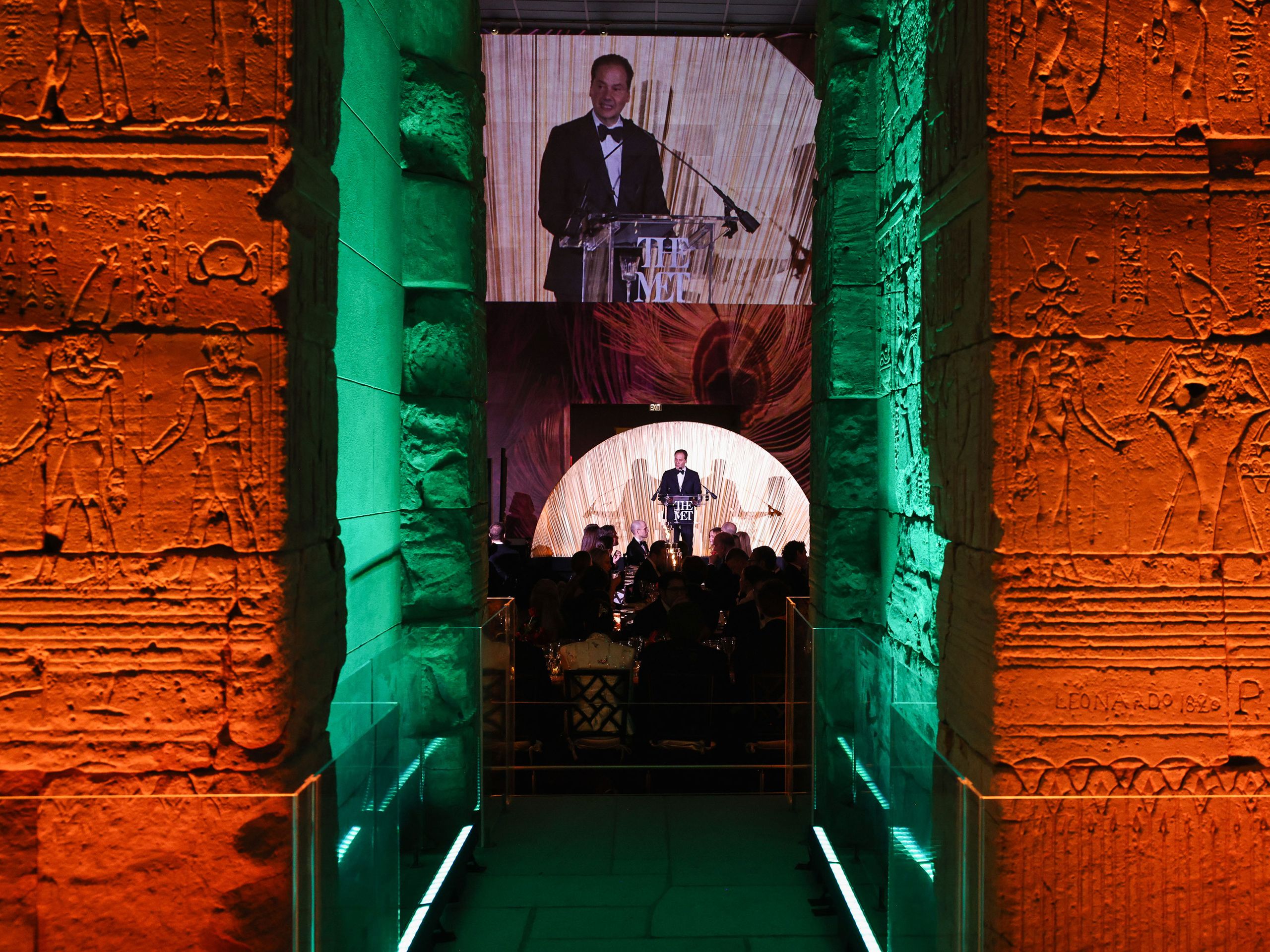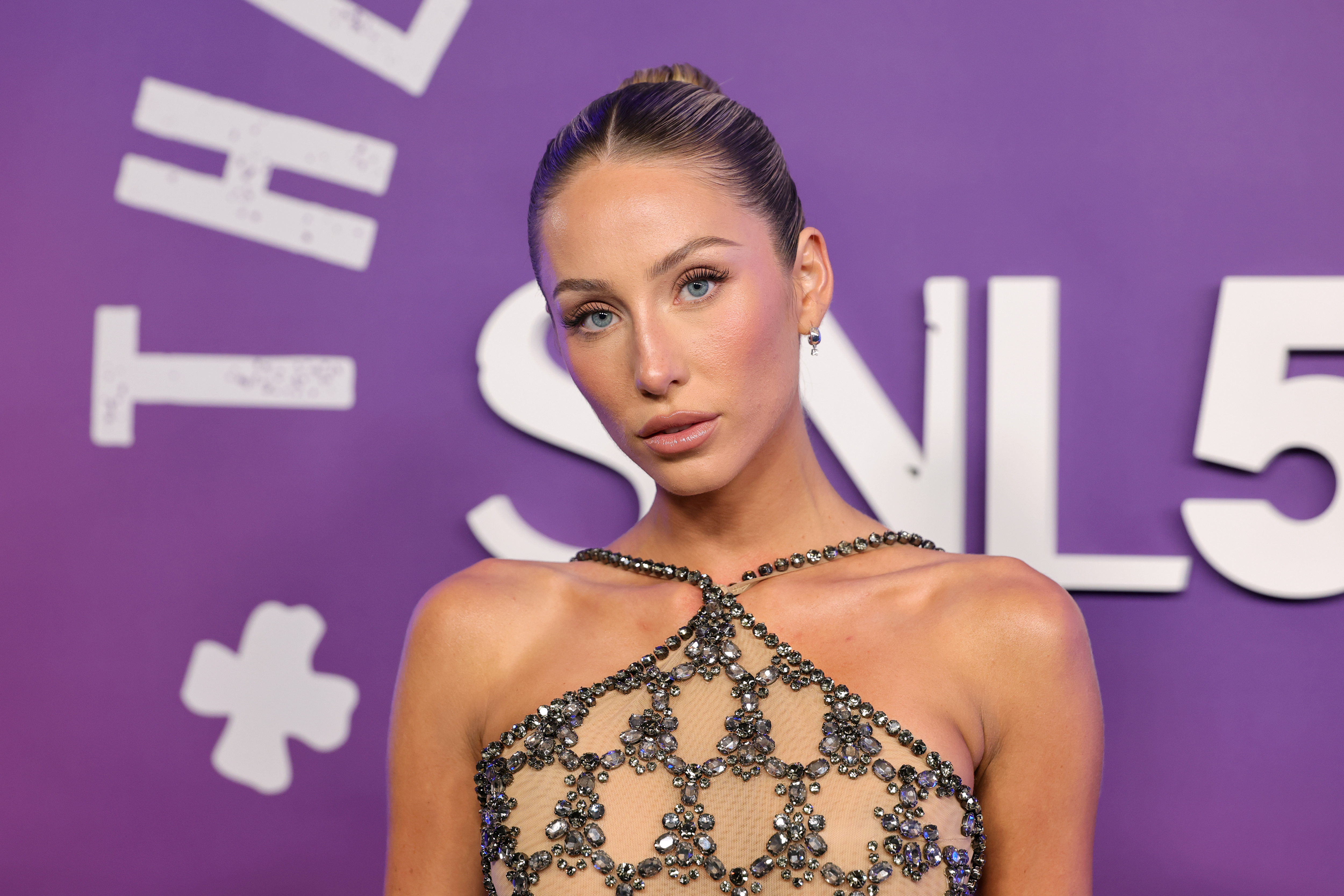Estilos protectores para cabello natural durante entrenamientos

Cuando se trata de hacer ejercicio, hay necesidades obvias como ropa de entrenamiento, zapatos cómodos y una botella de agua. Pero para las mujeres negras, otro elemento igualmente importante es un peinado que pueda resistir incluso los entrenamientos más sudorosos. Después de todo, su cabello no debería ser comprometido por sus objetivos de salud, y sus objetivos no deberían ser comprometidos por su cabello. Aquí entran en juego los estilos protectores para el cabello natural que, bueno, protegen sus hebras del sudor y el daño que este puede causar (piense: todo el frizz).
Por si no lo sabía, los estilos protectores son justo lo que suenan: peinados que protegen las hebras del daño causado por el sol, las temperaturas extremas y la manipulación o tirón excesivo del peinado regular. Estos estilos mantienen su cabello fuera de su rostro y sus extremos recogidos (ambos son una bendición absoluta durante el ejercicio) y no requieren una tonelada de mantenimiento. Los peinados protectores para el cabello natural también eliminan la necesidad de usar calor y cepillos o peines, y protegen sus hebras del desgaste constante, como la fricción al frotarse con su ropa, explica el estilista de celebridades Derick Monroe. (Y en ese sentido, ¿realmente necesita cepillarse el cabello de todos modos?)
"Estos estilos tienden a durar a través de diversas actividades como nadar, correr y hacer ejercicio en general", dice Monroe. "Y para las mujeres de color, la clave de los estilos protectores es permitirles mantener fácilmente su peinado después del entrenamiento sin tener que peinarse de nuevo" (de lo contrario, las sesiones de sudor intenso y otras actividades a menudo requieren visitas frecuentes al salón).
No importa si su cabello es largo, corto, rizado, ondulado, recto, una peluca o una extensión: hay un estilo protector que puede funcionar para usted y su rutina de entrenamiento. Entonces, ¿cómo saber cuál es el mejor estilo protector para usted? Cualquiera que lo haga sentir más cómodo, dice Monroe. Y aunque no hay reglas para seleccionar un estilo, simplemente sepa que algunos pueden ser más fáciles de hacer usted mismo (es decir, trenzas holandesas o una cola de caballo) mientras que otros requieren una sesión en el salón (es decir, trenzas de caja). En general, sin embargo, su estilo protector puede durar hasta dos meses o hasta que se acerque el próximo día de lavado, explica Monroe.
Ya sea que acabe de ir natural o lo haya hecho durante años, estos peinados protectores para el cabello natural pueden soportar incluso los entrenamientos más difíciles y permitirle verse fresco después también. Siga leyendo para conocer ocho estilos protectores para el cabello natural que puede lucir cuando vaya al gimnasio.
Si desea tener un peinado protector para cabello natural que no necesite mucho, si es que lo hay, peinado después de sudar, las trenzas podrían ser la mejor opción para usted. Desde trenzas individuales y mini trenzas hasta trenzas de caja y mini cornrows, hay innumerables formas de lucir este estilo. Toma las trenzas de caja, por ejemplo: aunque pueden ser un poco pesadas (las mini trenzas son una buena alternativa si ese es el caso), son súper fáciles de peinar antes y después de hacer ejercicio y no requieren mucha manipulación. Para mantenerlas frescas con el tiempo, recoja las trenzas en un moño y cúbralo con una bandana de algodón para absorber el sudor, dice Daryce Tolliver, propietaria de A Curl Can Dream Salon y consultora capilar de 4C ONLY.
Eleve su aspecto (y, a su vez, su entrenamiento, es ciencia, en serio) agregando uno de estos accesorios a su conjunto de ejercicio. No solo son protectores, sino que también son muy efectivos para mantener sus bordes en su lugar y las hebras fuera de su rostro. Si bien no hay una manera correcta de usarlos, asegúrese de elegir un material de seda o satén, como el turbante anudado forrado de Grace Eleyea (Cómpralo, $30, ulta.com), para evitar el exceso de frizz.
¿No quieres que toda tu cabeza esté cubierta? Prueba una cinta para la cabeza, también conocida como "tu mejor amiga durante un entrenamiento", dice Nicolle Lemonds, colorista en el salón Devachan en la ciudad de Nueva York. "[Las cintas] mantienen su cabello fuera de su rostro sin causar frizz o dañar la cutícula", explica. Al elegir la cinta para la cabeza adecuada (o hacer una con una pieza de tela o una bufanda), Lemonds recomienda elegir una que se ajuste al cabello para que las hebras permanezcan suaves y en su lugar. No hay nada peor que tener que arreglar y ajustar la cinta para la cabeza cada pocos minutos durante una clase intensa de ciclismo o una carrera al aire libre.
Si no ha oído hablar del "pineapple", ya es hora de que lo haga. Esta cola de caballo súper alta y suelta permite que todos tus rizos caigan hacia adelante y se queden en la parte superior de tu cabeza, liberándote de esa sensación de cabello pegado a tu cuello y espalda mientras sudas.
Tradicionalmente, este estilo protector de cabello natural usa una banda de pelo suelta o una cinta para la cabeza (Cómprelo, $11, amazon.com) para recoger los mechones sin dejar una marca. Al poner tu cabello en un "pineapple", Monroe recomienda alisar los bordes con gel, un spray ligero para el cabello o una cinta para la cabeza para asegurarse de que permanezcan lisos y seguros. Después de todo, los bordes esponjosos no son exactamente ideales para el peinado después del ejercicio.
Similar to two-strand twists, Bantu knots make styling your strands after sweating a no-brainer by twisting different sections of your hair into tight little buns. 'When you release your hair [from the buns] after your workout, you'll still have your curls intact,' says Michael Duenas, celebrity hairstylist. To avoid frizz, make sure your knots are tightly secured to the head during your workout and don't feel loose or wobble with movement; you can also use bobby pins to keep the Bantu knots in place. The key is to make sure that your hair is fully dry before untwisting the buns after working out. You can also refresh your scalp and hair with a quick spritz of dry shampoo before leaving the gym. (Need to refill your dry shampoo stash? Check out these Black-owned beauty brands for all of the hair-care products...and then some.)
When it comes to gym hairstyles (including protective styles for natural hair), top knots — or messy buns, or whatever you choose to call 'em — are always a good idea. They're easy, cute, and take practically no time to perfect. A messy bun is the 'perfect way to control your curls and keep them out of your face,' says Dominique LyVar, senior stylist and educator at Devachan Salon. Top knots are also a good choice for anyone who likes to change their look on the reg, adds LyVar.
Early morning exercisers, rejoice! This simple style — which is one of LyVar's go-to's, BTW — can easily be done before hitting the hay at night, so there's one less thing to do in the a.m. before breaking a sweat. You'll want to part the hair into small- to medium-sized sections and start twisting the hair from the root to the tip. In addition to being a timesaver, these twists stand out for their post-workout hairstyle versatility: You can either leave the twists as they are or unravel them to reveal a curly look.
Ah, the ponytail: a tried and true way for keeping hair out of your face, whether you're following a yoga flow or lifting weights. For finer hair types, in particular, try a semi-loose ponytail for a workout protective style for natural hair, recommends Monroe. The looser the elastic and 'tail, the less likely it is that oils and moisture from sweat will get trapped in the hair, which can cause odor, he explains. Better yet, opt for an oversized silk scrunchy, such as this one from LilySilk which won't pull or tug on your hair during, say, burpees, but will still keep strands in place without leaving any indents. To be even more sure that your hair stays frizz- and indent-free, after exercising, let your hair dry completely before taking out your elastic.
If you're working with third- or fourth-day curls but you're still not quite ready to wash your hair, this protective hairstyle should be your go-to, says Lemonds. Just be sure to braid as close to the scalp as possible to avoid frizz and excess moisture build-up on the scalp. 'You can braid them all the way down or even stop halfway and leave the ends out,' she explains. Then once you're done sweating, if you choose to take the braids out, unravel them carefully for practically perfect waves.
A signature protective style for natural hair is the beloved crown braid, perfect for keeping your hair neat and tucked away as you get your workout in. There's nothing like that gross feeling of your hair getting stuck to your face, neck, or back mid-workout. To prevent that, part your hair down the middle and start braiding one of the sections taunt to the scalp. Work your way around your entire head until all of the hair is tucked away in the braid. When you reach the end, use a bobby pin to secure the braid in place. The best part is that once you're done working out, you have the perfect hairstyle to run errands or grab food with friends.
Lastly, if you want to achieve a variation of the pineapple style sans the headwrap, you can create two afro puffs. Part your hair down the middle and gather each section at the top of your head, similar to the pineapple, and secure each side with a hair tie. This fun style not only helps to keep your curls and coils intact, but it also helps reduce puffiness and frizz at the roots from sweating during workouts.




